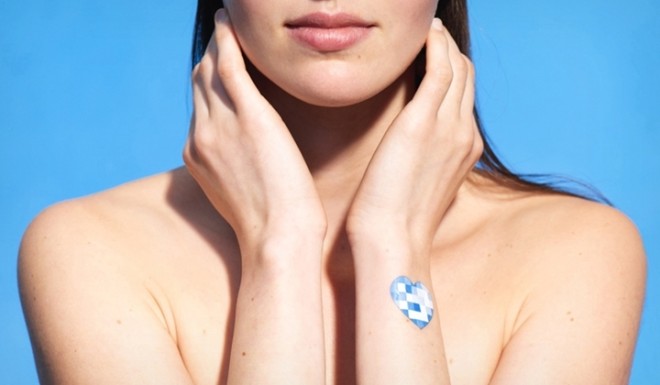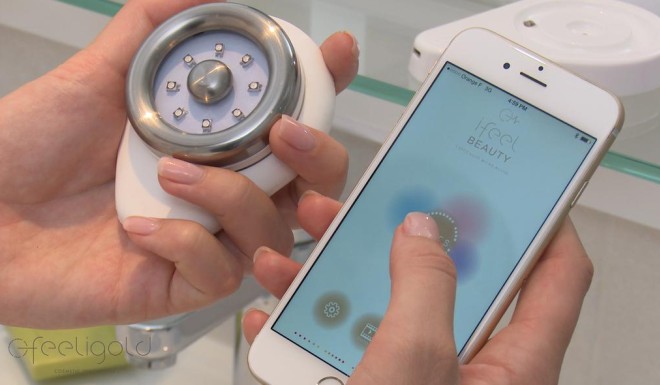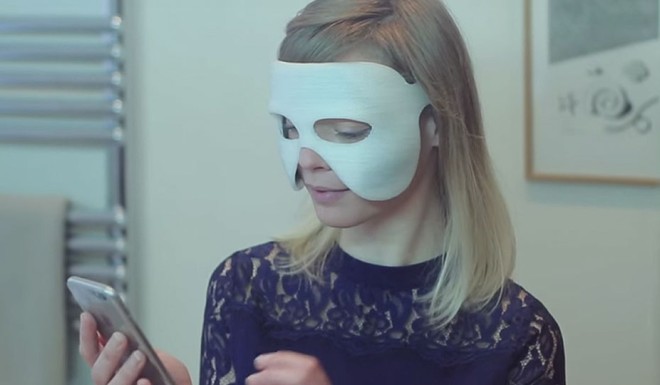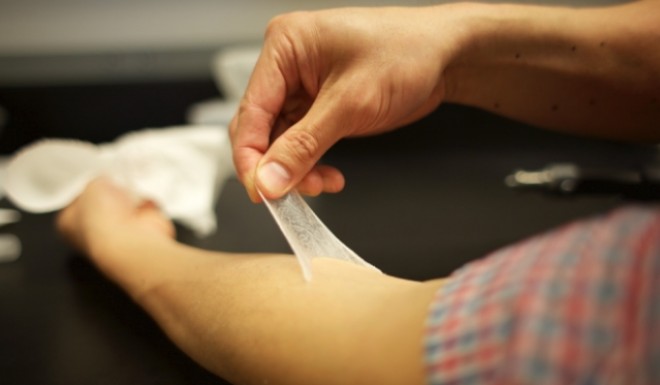
Sun-worshippers' delight: digital era takes the guesswork out of the search for the fountain of youth
Connected technologies have the potential to transform how we monitor skin's exposure to external factors, such as harmful ultraviolet rays

Humans have a love-hate relationship with the sun. It warms the skin, nourishes the body, and makes us feel good in spades – but that slow roasting also hastens the ageing process and, in excessive doses, can lead to skin cancer.
Safe exposure to sun requires a quality sunblock and, in summers of the future, technology may take the guesswork out of when to re-apply.
First off the blocks in the race for intelligent sun protection gold is French beauty brand L’Oréal, which has unveiled its My UV Patch as the first stretchable skin sensor designed to monitor UV exposure. This new technology arrives at a time when sun exposure has become a major health issue, attributed to 90 per cent of non-melanoma skin cancers by the US Skin Cancer Foundation.
It also heralds the entry of technology into the beauty sector: specifically, wearables designed to keep us looking younger.
L’Oréal’s patch is a transparent adhesive which, unlike the rigid wearables on the market, stretches and adheres directly to the skin. Measuring around one square inch, and half the thickness of an average strand of hair, the patch contains photosensitive dyes that factor in the baseline skin tone and change colours to indicate varying levels of sun exposure.
Sun worshippers will be able to take a photo of the patch and upload it to a mobile app, which analyses the data. Eventually, the aim is to give the wearer personalised, après-sun beauty advice, including the best rejuvenating products to suit their complexion.

“Connected technologies have the potential to completely disrupt how we monitor the skin’s exposure to various external factors, including UV,” says Guive Balooch, global vice-president of L’Oréal’s Technology Incubator, a business division dedicated to technological innovation.
Previous technologies could only tell users the amount of potential sun exposure they were receiving per hour while wearing a rigid, non-stretchable device, Balooch explains.
“The key was to design a sensor that was thin, comfortable and virtually weightless, so people would actually want to wear it. We’re excited to be the first beauty company entering the stretchable electronics field and to explore the many potential applications for this technology within our industry and beyond.”
My UV Patch was developed in conjunction with MC10, a leading stretchable electronics company innovating to create intelligent, stretchable systems for biometric health care analytics. It is expected to be available to consumers later this year.

French technology start-up Feeligreen, is also working in the connected cosmetics field. Its invention of an electronically controlled medical device designed to actively diffuse drugs through the skin – called dermoPatch – won the health care and wellness sector of the Wearable Technologies Innovation World Cup 2014/15. Christophe Bianchi, founder and CEO, says that in additional to medical uses, the technology can be applied to the beauty sector, for anti-ageing treatments, thinning and firming.

Another French start-up, Wired Beauty, has created what it calls the world’s first connected beauty mask, called MAPO. Now available following a successful kickstarter campaign, the device is cast in soft, medical-grade silicon customised for an individual’s face through 3D imaging. Sensors measure the skin's moisture and evaluate its hydration needs – and voila, via the companion app, the secret to younger looking skin is yours.

Meanwhile, scientists from the Massachusetts Institute of Technology (MIT) have helped develop a new material that can temporarily protect and tighten skin, and smooth wrinkles. With further development, it could also be used to deliver drugs to help treat skin conditions such as eczema and other types of dermatitis.
The material, a silicone-based polymer that could be applied on the skin as a thin, imperceptible coating, mimics the mechanical and elastic properties of healthy, youthful skin. In tests with human subjects, the researchers found that the material was able to reshape “eye bags” under the lower eyelids and also enhance skin hydration. This type of “second skin” could also be adapted to provide long-lasting ultraviolet protection, the researchers say.
“It’s an invisible layer that can provide a barrier, provide cosmetic improvement, and potentially deliver a drug locally to the area that’s being treated. Those three things together could really make it ideal for use in humans,” says Daniel Anderson, an associate professor in MIT’s department of chemical engineering and a member of MIT’s Koch Institute for Integrative Cancer Research and Institute for Medical Engineering and Science.
Humankind has been searching for the fountain of youth for centuries. Perhaps now, the digital era can deliver.